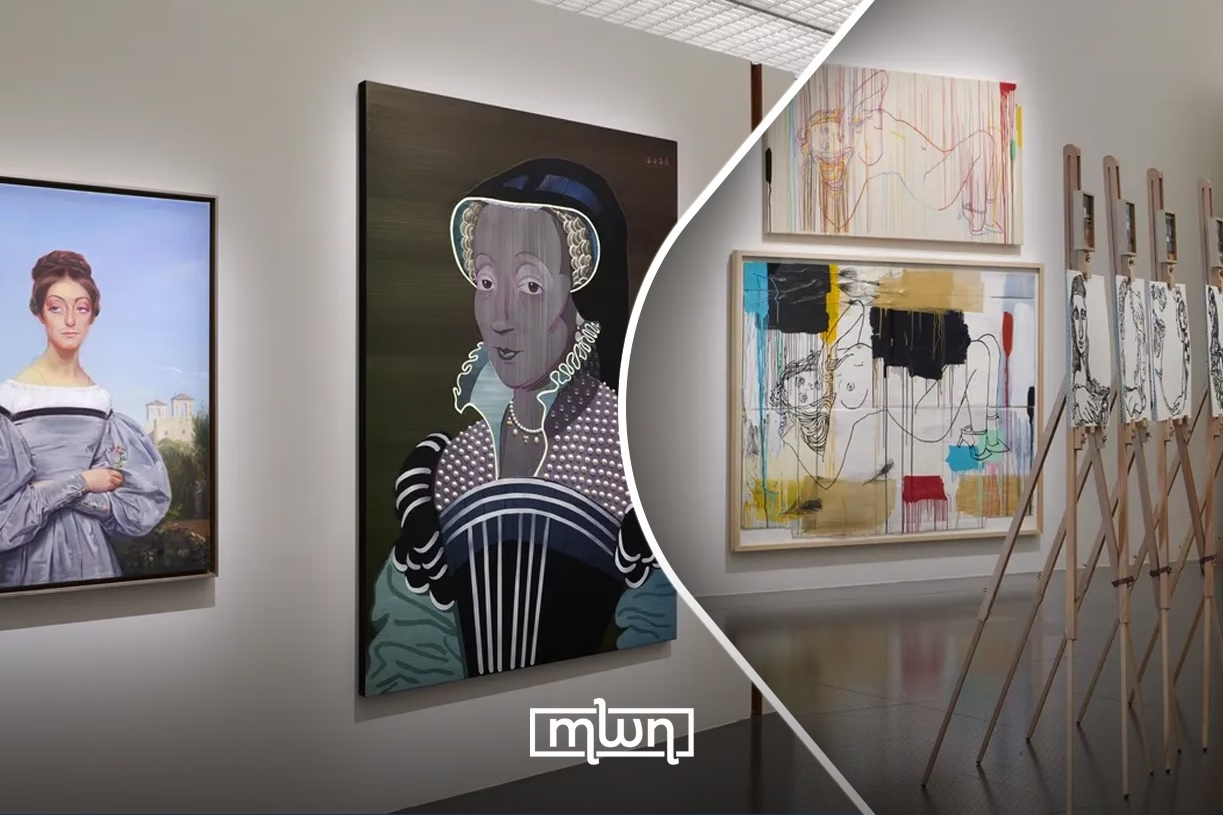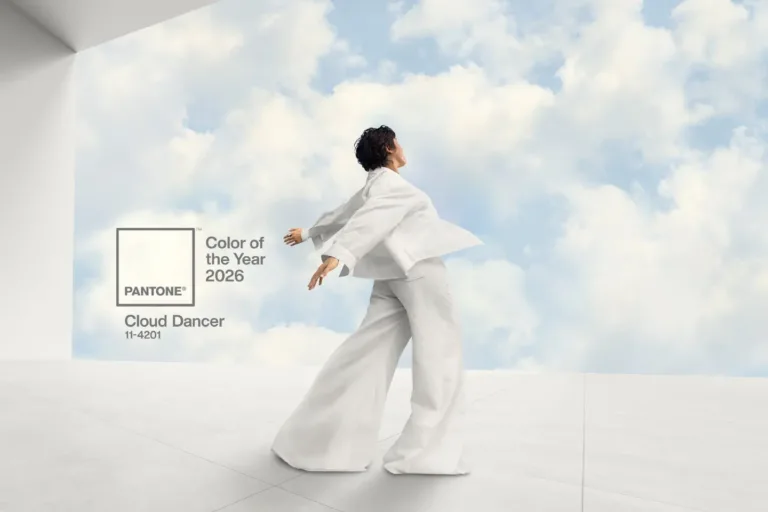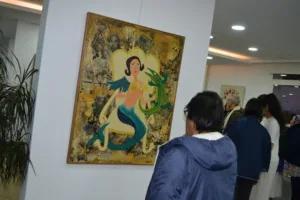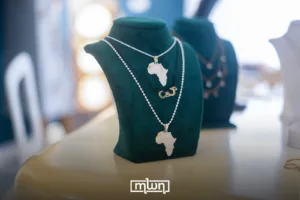A remarkable exhibition titled “Copyists” is rewriting the rules of homage, originality, and artistic memory.
Fez- In partnership with the Louvre, at the Pompidou Center Metz, the show brings together 100 contemporary artists, all tasked with the same deceptively simple challenge to choose a work from the Louvre’s vast collection and imagine your own “copy.”
Except, the invitation wasn’t about imitation. It was a conceptual open door. The artists could reproduce, reinterpret, subvert or even abandon the traditional idea of a copy altogether.
And that freedom produced a kaleidoscope of works ranging from exact replicas to radical reimaginings, sculptures inspired by paintings, videos born from oil portraits, and even sound pieces referencing forgotten canvases.
Curators Chiara Parisi and Donatien Grau deliberately avoided framing the exhibition as thematic. Their selection of artists was instinctive rather than strategic, grounded in admiration, not in uniformity.
“We chose artists we admire, regardless of style, generation or medium,” they explained, according to Smithsonian Magazine.
The result is a beautifully unpredictable show that foregrounded individuality, while maintaining a quiet dialogue with the past.
The title “Copyists” itself nods to a long-standing art tradition, one that’s especially rooted in the Louvre. Since its founding in 1793, the museum has welcomed artists to sit in its halls and copy the masters, a practice once seen as essential training.
But as modernism took hold, the act of copying became unfashionable. The avant-garde rejected continuity in favor of rupture. Abstraction replaced figuration. Innovation meant breaking up with the past..
But did it really? The exhibition raises an important question: can we ever fully escape the influence of what came before us?
For many of these artists, the answer is no, and that’s not a problem, but a source of inspiration.
Take Mohamed Bourouissa, the Algerian-born French photographer who began his creative journey copying superhero comics.
For “Copyists”, he reinterprets “Study of Hands” by Nicolas de Largillierre using UV print on plexiglas, aluminum, and steel, transforming an 18th-century oil painting into a contemporary, industrial object.
Others used the opportunity to question art’s historical narratives. Madeleine Roger-Lacan revisited Ingres’ “The Turkish Bath”, replacing the passive nude women with passive nude men, a clever and pointed inversion.
Meanwhile, artist Georges Adéagbo responded to Delacroix with a layered collage mixing French Romanticism and West African iconography.
“Delacroix has his path, and I have mine,” he said. “I don’t know how to copy him.”
In contrast, Jean-Philippe Delhomme painted a faithful oil-on-canvas version of Goya’s “Portrait of the Marquise de la Solana”, proving that fidelity can still hold creative weight.
As Cézanne once wrote, “The Louvre is the book from which we learn to read.” But even he believed that to truly understand art, one must eventually write their own chapter. That’s precisely what “Copyists” celebrates.
The exhibition runs until February 2, 2026, promising a rare and compelling look at how the past still speaks, and how contemporary artists are answering back.
Read also: Joel Arthur Rosenthal: The Greatest Living Jeweller
















